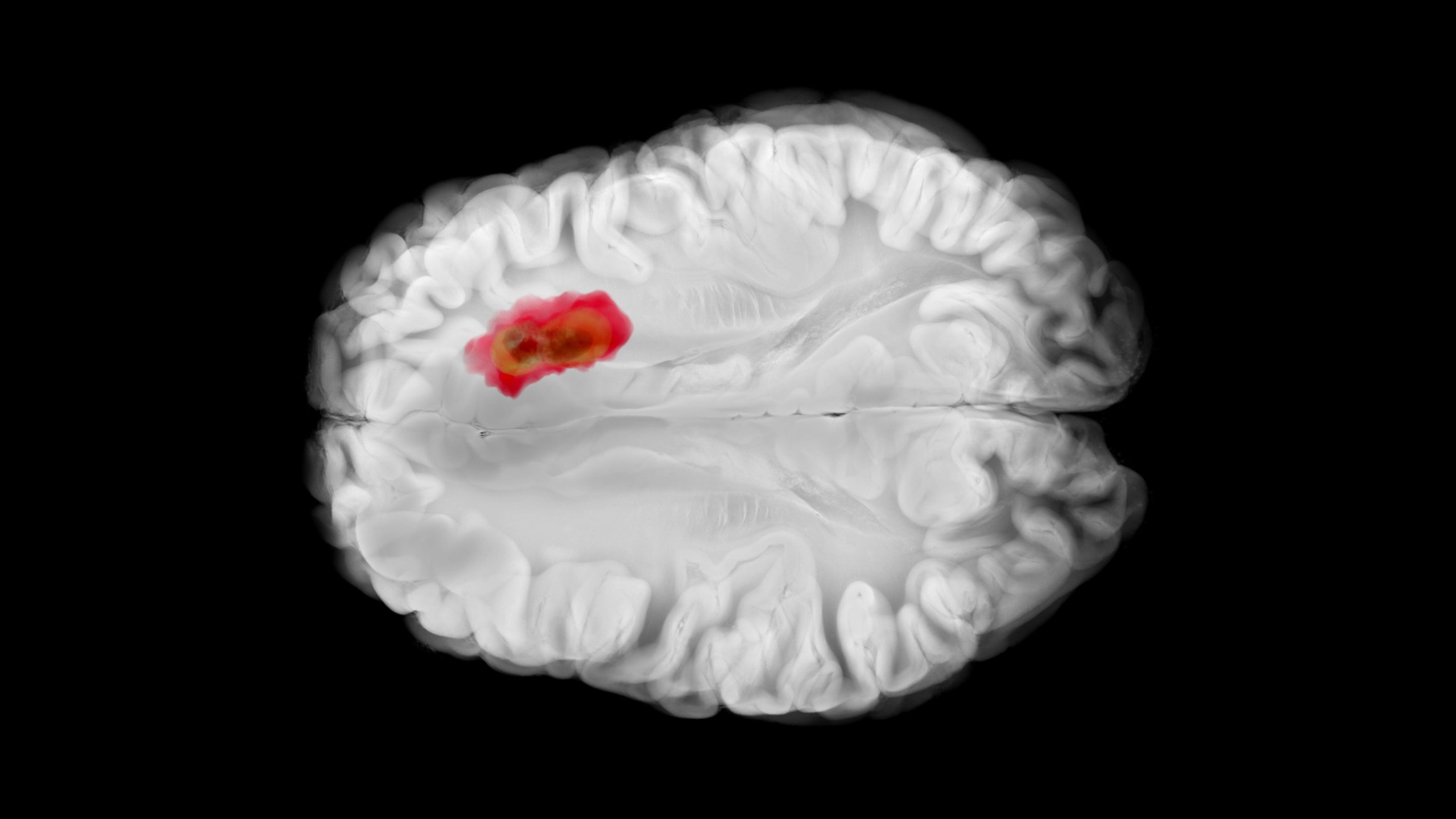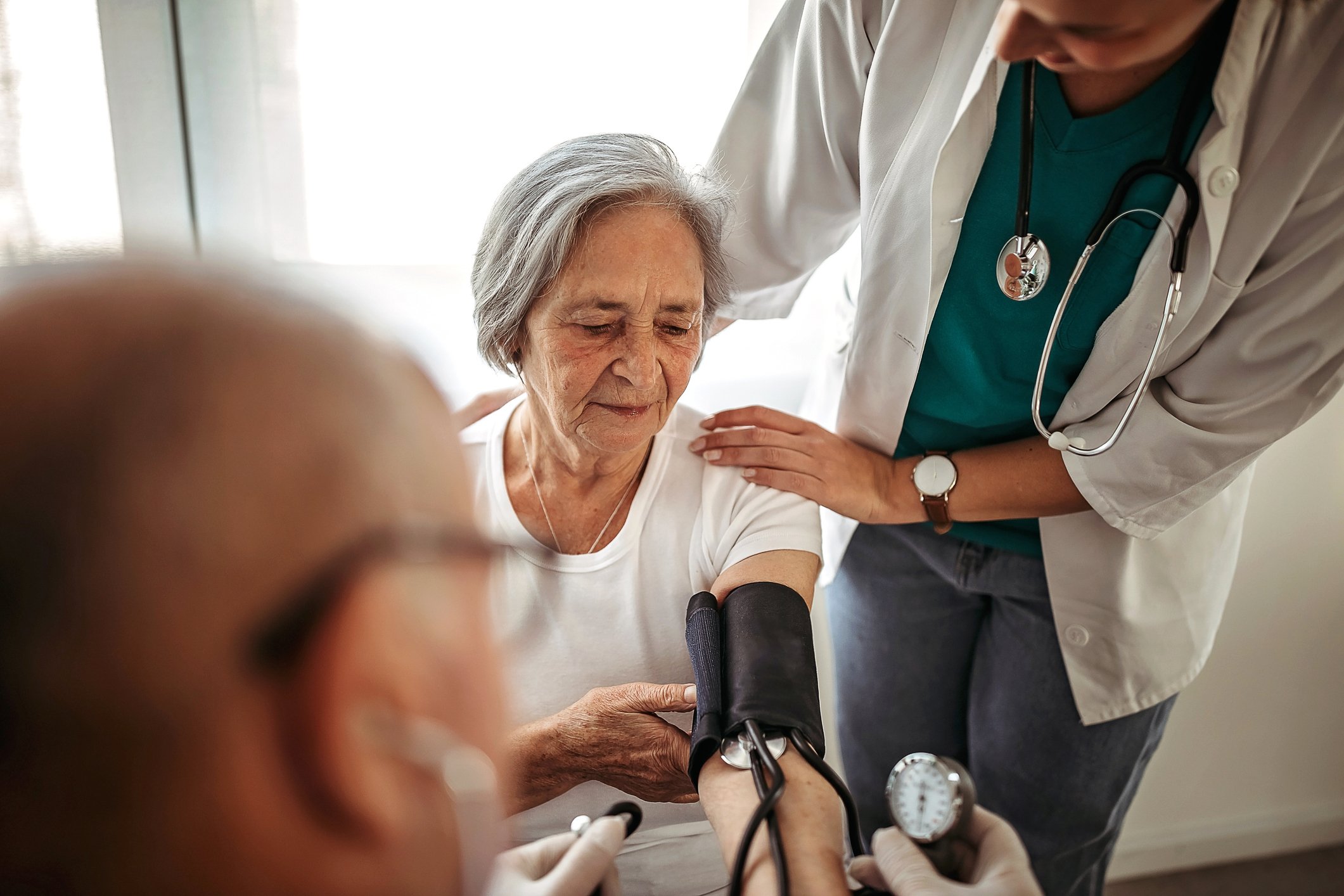Hermann Keller, MD, was invited to speak at the 3rd Swiss Life Peeling Workshop and provided information on anesthesia for chemical peels. He showed the participants how to make the situation as bearable as possible for the patients during treatment. Dr. Hermann Keller also mentioned the preparation of patients for anesthesia and postoperative care as other important points.
Dr. Keller, what do you have to watch out for when you have anesthesia for a chemical peel?
Keller, MD:
The pain of a deep peel is so severe that painkillers alone are not enough. This treatment requires almost more medication than appendectomy. The aim is to make the situation as bearable as possible for the patients. But the problem is that general anesthesia is a no-go in this situation. Patients have to be ventilated and this is not compatible with the treatment because the mask and tube cause distortion of the face. Further, it is not sure whether the peeling substances attack the material of the devices. The regional anesthesia variant is also not an option, since complete regional anesthesia in the face is not even possible because cranial nerves are also involved.
What form of anesthesia do you use then?
I have to choose an intermediate solution and that is analgo sedation. The goal is for patients to be calm, not suffer, and ideally have amnesia of the procedure. You will be given a mild sleeping medication, usually Dormicum, and also a pain reliever. Opiates should not be used, or should be used with caution. Opiates have the advantage of providing good analgesia, but they cause respiratory depression. This can be dangerous, especially in combination with other medications. Ketamine is an alternative here, but it takes experience and the side effects are unpleasant, especially younger patients hallucinate. However, with a dosage of 0.5 to 1 mg per kilogram of body weight, quite good analgesia is achieved. Respiratory depression is not as rapid as with opiates. As long as you stay at a certain limit, the patient is still self-breathing.
Propofol is another option. It is short-acting, easily controlled, but has no analgesic effect. Because it can cause cardiac arrest, especially in younger patients, propofol requires patient monitoring with ECG.
How are you equipped for such an operation?
As for a normal anesthesia! So it needs a complete anesthesia equipment with monitoring, i.e. ECG, measurement of blood pressure and oxygen saturation, venous access for drug application, especially in case of side effects or complications, for example vomiting, cardiac arrhythmia or as mentioned cardiac arrest. And there must be oxygen available with the ability to ventilate the patient.
How should patients be prepared for anesthesia?
Premedication visits are mandatory for anesthesia, even for outpatient procedures. The patient comes to the office for the preliminary discussion and fills out the anesthesia questionnaire. If necessary, I also do a clinical examination. In addition, the surgical and anesthesia consent must be signed. It’s the same procedure as for a patient who is having surgery, there’s no difference for me.
What happens after the procedure?
Patients must be monitored for at least two hours postoperatively. Afterwards, they are allowed to go home with an escort only if they are fully awake, which means that the requirements for anesthesia apply. This is because they are still at risk at home as a result of anesthesia and the side effects of postoperative medications, for example, if they are not fully oriented. The pain is sometimes so severe after the procedure that I give patients weak opiates and anti-inflammatory drugs for 48 hours. I try to target different points of pain generation and pain processing with medications, but the window is narrow for pain reduction.
In your opinion, what is particularly important to consider from the medical side when performing a deep peel?
The dermatologist must “switch to surgeon” during such a treatment and be aware that he is causing a relatively massive, large-area injury, and this only on the face. He should also consider what impact this will have on patients. It is crucial that the dermatologist is responsible enough to know what he is doing during such a procedure. My conviction is that deep peeling should be avoided unless an anesthesiologist is standing by. If you want to do it seriously and take responsibility for the patient, you can’t do it without an anesthesiologist.
Dr. Keller, thank you very much for this interview.
DERMATOLOGIE PRAXIS 2016; 26(6): 32-33












